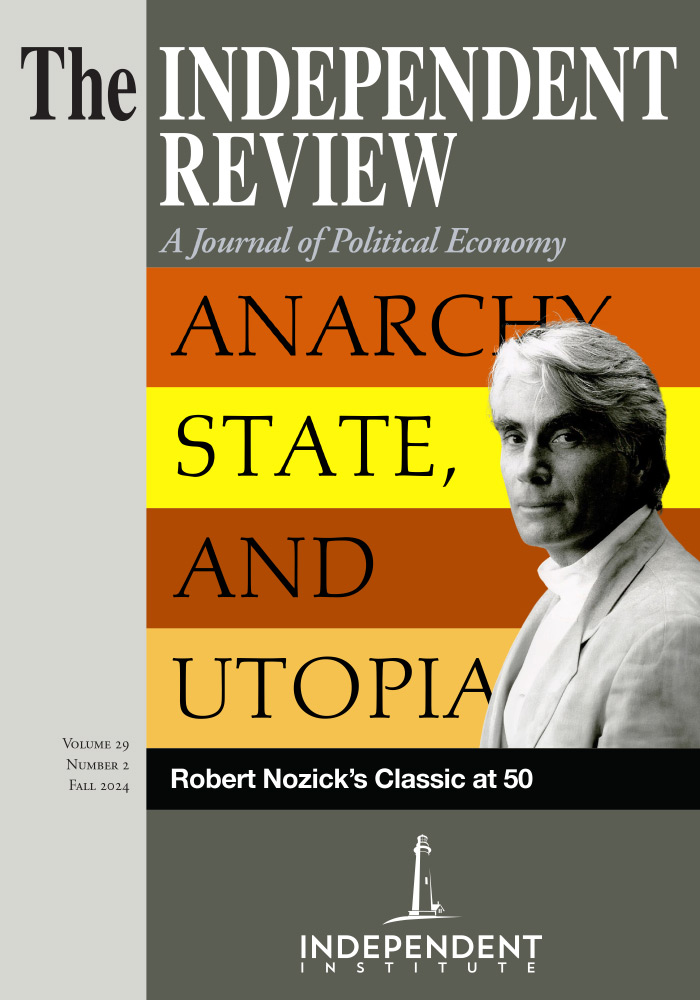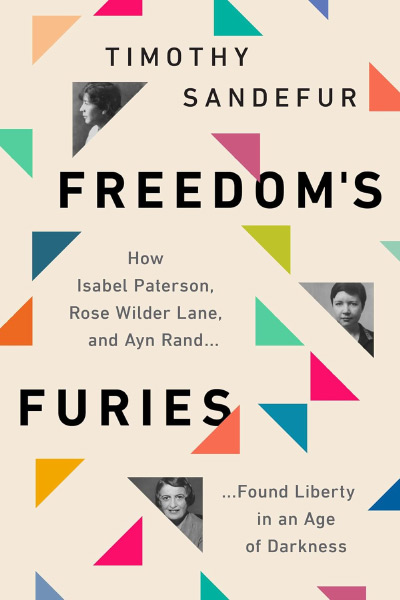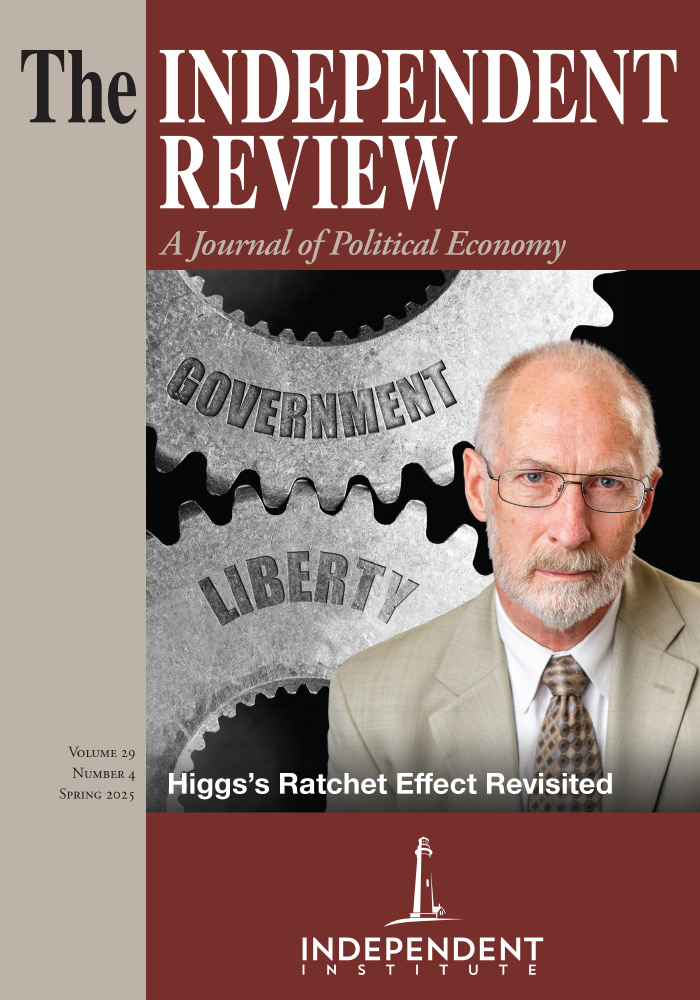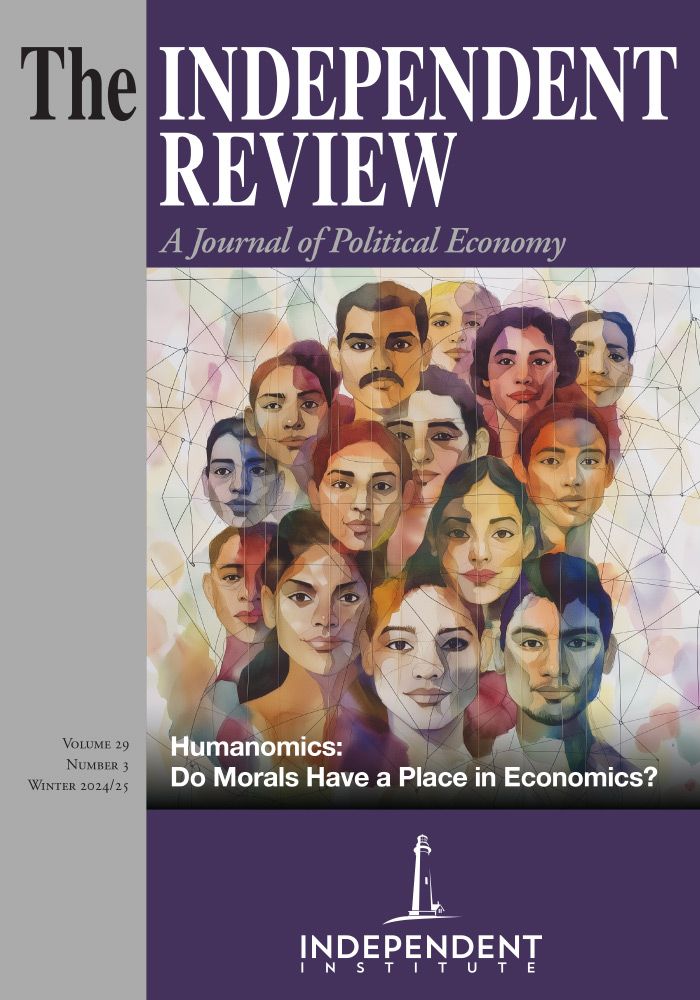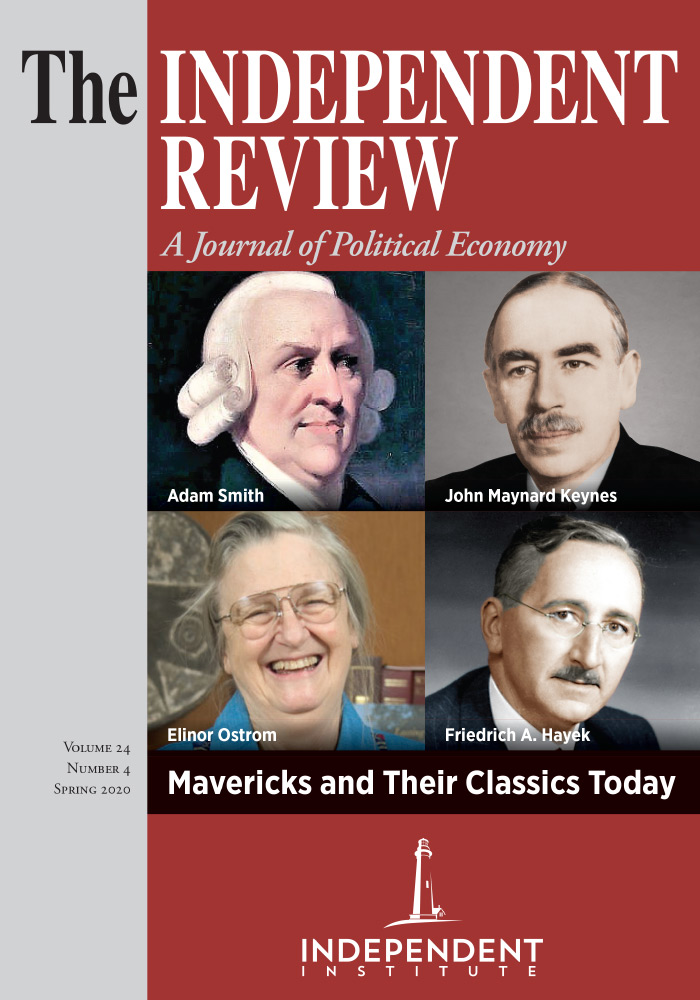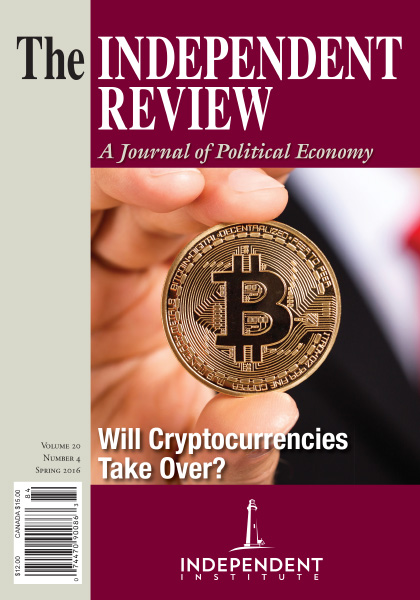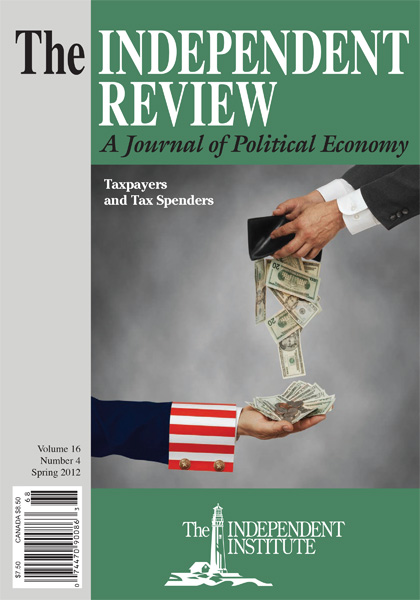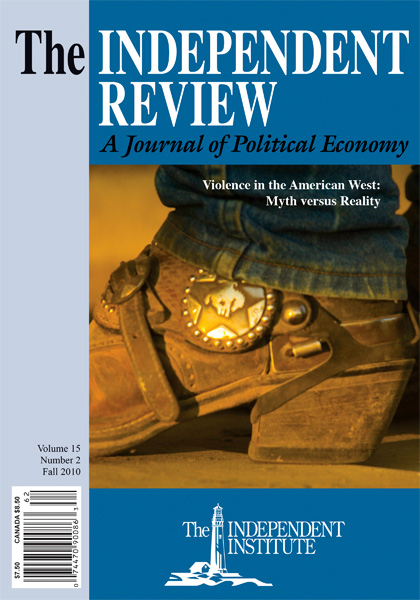Understanding the historical and cultural context in which a school of thought developed is necessary to analyze the ideas in other contexts, and Timothy Sandefur does exactly that for the development of American libertarian philosophy in Freedom’s Furies. Jim Powell credited Isabel Paterson, Rose Wilder Lane, and Ayn Rand as inspiring the libertarian movement (in “Rose Wilder Lane, Isabel Paterson, and Ayn Rand: Three Women Who Inspired the Modern Libertarian Movement,” Foundation for Economic Education, 1996.) but Sandefur’s text is the first book to consider these three individuals side-by-side in a combined historical and literary portrait.
The book is organized around the work of the three women and follows a linear timeline, beginning with introductions of Isabel Paterson (Chapter 1) and Rose Wilder Lane (Chapter 2), followed by Ayn Rand (Chapter 5). Rather than presenting the history of political and economic events during this period without further analysis, Sandefur also dedicates significant space to evaluating and fact-checking claims made by public figures, including political candidates, presidents, prominent businessmen of the time, and Paterson, Lane, and Rand themselves. Sandefur also discusses other luminaries of the time, especially Sinclair Lewis, in his presentation of the Revolt from the Village movement, and Dorothy Thompson, who was attached to both Lane and Lewis. However, the book spends comparatively little time discussing Paterson, Lane, or Rand’s personal lives outside of the literary context and their friendship with each other. Readers should not expect a biography but a literary study through an economic history lens.
Although the backflap description highlights the 1943 publication of Paterson’s The God of the Machine, Lane’s The Discovery of Freedom, and Rand’s The Fountainhead, that description undersells the scope and detail about their work provided in the book. Sandefur tracks Paterson, Lane, and Rand through time, introducing and discussing dozens of books and articles they wrote alongside a political and economic history of the times in which they lived. The book spans the period from Paterson and Lane’s youth in the late nineteenth century Canadian and American frontiers through the Great Depression and the end of World War II. Readers interested in more background on women on the frontier may also consider Lee Chambers-Schiller’s Liberty, A Better Husband: Single Women in America: The Generations of 1790-1840 (New Haven: Yale University Press, 1984). Sandefur spends significant time discussing Paterson’s newspaper columns and her other realism novels, including The Golden Vanity and Never Ask the End; Lane’s resilience novel Free Land, as well as the Little House series of books she ghost co-wrote with her mother, Laura Ingalls Wilder; and Rand’s plays and other novels, including The Fountainhead and Atlas Shrugged. Rand’s nonfiction Objectivist works are notably missing from the discussion, although the book covers Paterson and Lane’s nonfiction work.
One of the most interesting sections of the book is Chapter 8, in which Sandefur discusses the three books published in 1943: The God of the Machine, The Discovery of Freedom, and The Fountainhead. After presenting and explaining each book for readers who are unfamiliar with the details, he includes the public reaction to the book as well as the responses from the other two women. This chapter is also a strong example of the interwoven connections of the lived history and the impact these three authors had on each other in the context of the political and economic times.
Freedom’s Furies spends very little time presenting or discussing classical liberal or libertarian philosophy, so readers unfamiliar with the basic principles of these philosophies may lack a roadmap for Paterson, Lane, and Rand’s ideas. However, the book does provide a cohesive history of the development of the ideas that became the foundation for twentieth century libertarianism, including individualism, freedom, and responsibility. The book title is therefore somewhat of a misnomer. Rather than “finding” liberty, Paterson, Lane, and Rand developed an intellectual framework defending liberty that others would follow. Sandefur also repeatedly distinguishes Paterson, Lane, and Rand from conservatives (p. 120), using their preferred terms for themselves and highlighting their commitment to racial and sexual equality, including their opposition to racism, support for ending racial segregation, and support for reproductive freedom (p. 479, endnote 68). He also discusses the attacks on them by contemporary conservatives (p. 387-8). In addition, Sandefur acknowledges the criticisms of Lane’s treatment of Native Americans in the Little House series (p. 436) and addresses the critiques by Caroline Fraser (in Prairie Fires: The American Dreams of Laura Ingalls Wilder. New York: Metropolitan Books, 2017, pp. 798-99).
Sandefur introduces a picture of Paterson and Lane as products of the frontier generation, while Rand as a Russian refugee was their younger mentee and friend. Paterson and Lane’s experience as members of the Airplane Generation—those who remembered the promise of innovation and discovery at the end of the nineteenth century but who then lived through World War I and the Great Depression—may sound eerily familiar to a new generation of readers who experienced life before and after the internet and social media transformed the world. As Sandefur quotes from Paterson’s 1933 Never Ask the End, “It’s no wonder we’re tired. Starting in a prairie schooner and covering the last lap by aeroplane. ... To experience all the stages of civilization in one lifetime, from the nomad to the machine age, demands the utmost” (p. 80). Sandefur also identifies other themes that will sound familiar to contemporary readers when he presents Paterson’s assessment of politicians (p. 115) as well as ordinary citizens and businesses (p. 218).
In trying to answer the question asked in the epilogue of why women—including Paterson, Lane, and Rand—were the primary champions of individualism and freedom, Sandefur posits that it was because they had “experienced an unprecedented liberation,” knew what it was to not be free, and saw the specter of the past returning (p. 402). These themes, too, may seem familiar to readers today. Another possibility is that women were also able to take center stage in part because they were able to participate in the labor market of ideas—through newspapers, plays, novels, and nonfiction works—in the aftermath of World War I, as discussed in Chapter 7 of Virginia Nicholson’s Singled Out: How Two Million British Women Survived Without Men After the First World War (New York: Oxford University Press, 2017). The similar movement of ideas led by women across the Atlantic at the same time also suggests the importance of a change in access to labor markets and institutions after World War I (p. 455, endnote 80).
Although Paterson is presented as a common link between many of the major players in the book, including Lane and Rand, ideas from all three are carefully introduced. Paterson’s weekly column in the New York Herald Tribute (“Turns with a Bookworm”) provided a platform for her to discuss books in the context of current events, including economic analysis of price controls and antitrust laws during the Great Depression and New Deal era. The column also put writers like Lane and Rand in her path. Of particular interest is Sandefur’s presentation of Paterson’s The God of the Machine as a discourse of “spontaneous order,” an economic theory associated with F.A. Hayek, as well as Lane’s discussion of why economic planning fails in Give Me Liberty. Despite their lack of advanced economics education, they were able to recognize the same patterns that would make other economists household names.
In addition to discussing their literary works, Sandefur discusses the relationship between the three women, which first developed by letter-writing. The eventual breakdown of the friendship between all three women hangs like a shadow over the book. At times, Sandefur reports the three women as challenging work partners, especially as “intellectual gatekeepers for a small movement of free market thinkers” (p. 332), although their uncompromising principled positions are likely understandable given the environment they faced. He discusses their conflict with Leonard Read, Milton Friedman, George Stigler, Henry Hazlitt, F.A. Hayek, and Ludwig von Mises, among others, but presents this conflict as rooted in a concern that an economic justification for individualism and freedom was not enough and that there should be a moral foundation for these ideas (Chapter 9; also, p. 335 and p. 378). However, whereas their external conflict was characterized by economic versus moral foundations for arguments, their internal conflict was rooted in how to make the moral arguments—especially whether through a faith basis (as with Paterson and Lane) or by reason and argument (Rand).
Freedom’s Furies is an important addition to the history of twentieth century classical liberal thought and should be of interest to history of thought scholars and students, as well as those who want to understand the dynamics of how ideas develop, especially in the context of the political, economic, and cultural setting of the time.

